|
In the past few years as Sound Librarian has developed as a company, we have found ourselves asked to visit various different conferences and events around the world. This October, Stephan will be representing the team and presenting on FMOD Studio at Game Sound Con and then participating on two panels as well as presenting on other topics at AES Los Angeles. Conferences are a great resource for individuals and companies working in games. There are a huge number of conferences on different aspects of game development around the world. Well known events such as E3 and GDC bring huge crowds and can be great events to attend, not to mention PAX and other events. Everyone who is anyone in games generally finds themselves drawn to these events, and if you are located in a different geographical location, the chance to meet face to face is not to be missed.
If, however, you’re serious about working in games, either as an independent developer or for a bigger studio, these events are a huge opportunity. You need to take off your party hat and put on your business hat while you’re there. For the Sound Librarian team, an event such as Game Sound Con, AES or even GDC, is a chance to network, meet with business partners and potential clients, and generally build our business profile. We’re not attending for fun, that’s a pleasant side effect. We love living and working in Australia, but that puts us at a geographic distance that is vital to overcome. The same does apply even if you’re located in a different city or state. These events bring everyone together and if you’re off raving and doing shots at a huge party, you’re missing out on the most important part of the event. Heading over to the US in early October, Stephan’s first port of call is San Francisco. There he will squeeze in two business meetings in downtown San Francisco, before meeting up with the team for one of his current projects and spending a couple of days capturing aircraft sounds for the project. Then it’s off to Los Angeles to get ready for the conferences. He’ll take some time on the weekend to present to a composers group on working in games before the conferences begin. At Game Sound Con, he’s spending long hours presenting during the day and then every single night he will be meeting with people, having dinner, hanging out and talking. Once he’s done there, AES kicks off and it’s the same thing again, speaking on panels and giving talks, attending other talks and meeting people, going to after parties or dinner. While in LA he will also be meeting up with several other colleagues or business associates simply to stay in touch and meet face to face. Finally, he staggers onto a plane and sleeps the entire way home!
Building a business relationship is about more than mutually beneficial projects or work for hire, it’s about getting to know people. If you had to choose between a complete stranger or that person you spent a couple of hours talking about generative audio with when looking for someone to do sound design for your new game, who are you going to talk to first? A caveat has to go in here. You cannot attend these events and functions and spend your entire time asking people if they have work for you. Letting people know you’re available is fine, but it can’t be business all the time. There’s a fine balance to be found and it’s part of the challenge of building a successful career in games. We like to hang out at the after parties, or the after after parties because we LIKE each other. It’s no fun to hang out with someone who irritates you by asking for work every time you see them. Networking really is just about getting to know people, finding areas of common interest and generally having fun. It’s where work and play blur. And in all honesty, sometimes after the third party on a single night and talking yourself hoarse, the last thing you want to do is get up and be on a panel at 9am, or go see someone present on a topic of interest. This is where the work comes in. You network and build relationships at night and have business meetings, attend panels or talks, and be all business during the day. It’s exhausting, and usually we’ve lost our voices by the end, but no matter how much you need sleep, you need to make the most of the time you have. As a side note, we suggest you avoid getting drunk. Having a few with everyone at the after party is certainly reasonable, but pace yourself. There is nothing more unprofessional than falling over drunk when networking or turning up hung-over to a meeting the next day (or worse, missing it!). Back to wearing your business hat, remember, even the parties are business, you’re there to get to know people and find out who you’d like to work with in the future. This might seem a cold and calculating approach to attending these events, and it’s important to remember that we also attend them because we are passionate about game audio. We love hearing what everyone is doing, keeping tabs on new ideas, sharing good news and getting excited about new games we’d like to play. The reason we work in this industry is because of our passion, so these events are great value on a more personal level as well. It is about showing respect for the people around you. These are talented, passionate and extremely busy people. Many of them are tons of fun to hang out with, but enjoying yourself without losing control is the best balance of being relaxed while still being able to communicate. But if you’re serious about this and want to make the most of the opportunity to attend these events, never underestimate the value of face to face contact in building relationships, working through challenges and building a future in this industry.
0 Comments
Recording good sounds is a great way to grow your Sound Design skills, but if you don’t keep yourself organised, it can become a nightmare when you’re trying to find a specific sound for a project. We kept this in mind recently when we had the fascinating opportunity to visit the archive museum of Australia’s national telephone network, the Victorian Telecommunications Museum. x Telstra, once known as Telecom, was Australia’s national telephone network before it was privatised towards the end of last century. Fortunately for us, the new corporation saw some value in preserving history, giving us a fascinating insight into a whole range of fully function telecommunications devices from the earliest beginnings right through to current technology. The biggest challenge when trying to record a collection like this is keeping yourself organised and making sure you prioritise your recordings to get the rarest or most interesting items first. Stephan had a similar challenge working solo when recording part of our Firearms Foley Collection in Lithgow, Australia. Fortunately, this time we had more hands available to get the job done and stay organised. Before you get started on a project like this, it’s important to make sure the memory on all of your devices is completely clear, and you’ve got fully charged batteries.
Before recording the object itself, we dictate the same information onto our recording device. This means that later on, when we’re recording Object 5, 1950s telephone, created 1951, we have a nice and easy way to synchronise our photos and items. It also makes it much easier if we want to document additional information about an object, such as a volunteer telling us extra information, or other notes or paperwork. It is absolutely, vitally, important to keep your order straight. Object description > photographs > describe device in recorder > record all device sounds. If you have taken a bunch of photos and recordings already and realise you want to take another one, leave it until the end and document it properly again. Or simply don’t do it. It’s just not worth the pain of trying to work out what was where and which device was which later on. We have been fortunate in our visits to the museum so far, to have a very knowledgeable volunteer who both knows how to make everything work, and also knows a lot about the history of the different items. On the flip side, when you get someone who is passionate about their object of interest, and has a long history, they can be quite chatty once you get them going.
We used several mics including a Sanken CS1e for a lot of our device recordings, and it is a great directional mic for this kind of recording. Even though the museum had a significant level of ambience from fans and machinery, and was located on a busy road, we found ourselves able to capture some wonderfully clean sounds through careful microphone positioning, timing and getting the recording levels right. With an archiving project such as what we’ve been doing with this telecommunications museum, we find it is simply impossible to get it all done in one hit. We’ve already visited three times (including scouting), and have at least another two sessions booked.
The Sound Librarian team always makes a copy of our sound recordings available to museums for their own use as well as contributing to the Australian National Film and Sound Archive, to ensure that sounds from these unique objects are never lost.
Designing Sound kindly reviewed our Recording Workshops course. This course comprises video taken from the workshops we ran in 2012 and 2013 on recording sounds. They were a lot of fun to run and we got great feedback from our attendees, so we decided to put all the video we'd collected into a course so those who couldn't make it to Melbourne could see what we got up to. As a bonus, we have made over 6 gig of sound recordings from different mics available as well. These are not edited, to allow our students to compare the different mic perspectives and practice editing this kind of sound themselves.
Read their review here.
Originally known as the Ararat Lunatic Asylum, Aradale was commissioned to accommodate a growing number of “lunatics” in the colony of Victoria in the mid-1800s. Construction on the oldest buildings began in 1860, and over the years until it was closed in 1998, various additional buildings were constructed, creating a fascinating eclectic range of buildings from different eras.
Film and television Sound Recordists often capture 30-60 seconds of room tone for the project they are working on, so that if any additional sounds are added later, they can have a consistent background sound added to that footage without any jarring differences. This video on YouTube is a long-winded but effective demonstration of the concept. Room tones are also an important tool when creating good game audio. Unlike in film or television, game dialogue and sound effects are not usually recorded in a room together with all the other low-level sounds found on a set or location. Most sound designers record each element individually and combine them together using a tool such as FMOD Studio, Fabric or Wwise. This method can lead to there being no room tone at all, and as I mentioned earlier, silence is not a normal state for the world. Even with sound effects and music, the absence of a room tone can give a sense of the game audio somehow lacking, even if the player can’t point directly to what is missing. As our name suggests, sound libraries are a core part of what we do at Sound Librarian. We have spent many years recording and creating a huge selection of sounds tailored for game audio, but we recently realised that although we have created assorted ambiences and environmental sounds, we have not yet created a dedicated library of room tones. A somewhat spooky set of run down historical buildings seemed like a good place to start. Armed with a quad microphone surround sound setup we hid ourselves away from the world for a couple of days. Over the two days of access, we would set up in each room, take a photo of the room as a visual guide, note the dimensions of the room and then use our trusty starter pistol to create an impulse and capture the impulse response for each room. This let us define the reverberant qualities of each room, meaning a sound designer can consistently layer additional sound effects on top of the room tone and add reverberation accordingly.
At one point we had to go outside and actively chase away a particularly inquisitive crow that had decided to keep a running commentary on our activities, our trusty stater pistol did a great job there. Recording your own Room Tones
This provided a single object on a camera tripod (lighter than a mic stand) that could be easily deployed into each room as necessary. The mics were all fed into a Sound Devices 788T SDD. Because of the extremely quiet nature of the recordings the levels were set to 50dB which is higher than we would usually use on this device, but well within its noise floor. The impulse responses needed to be captured at a much lower level due to the extreme output of the cap gun combined with reverberation in the small rooms. So in each room the levels would be altered from 50dB for the room tone down to 3db to capture the impulse response. This process did add extra time to the day as each room needed to involve a careful reset of the input levels across 4 channels, but it ensured we were able to capture both room tones and impulse responses for over 70 spaces over the two-day period. We also removed the wind screens as they were not required indoors and when capturing such low level sounds we wanted to remove anything that might have any chance of affecting the sounds being picked up. Safety In everything we do, we keep safety foremost. The buildings we were in were very old and crumbling in places. Always make sure you are aware of your surrounding environment and safety issues when doing location recording. Considering Others Wherever you are recording, it is important to make sure those around you know what you are doing. We made sure to get permission to access and record the buildings and also made sure that those present on the day knew what we were doing. This avoided interruptions and questions about the noise we were generating with the starter pistol and also ensured we were comfortable to get on with the job and not worry about what others were doing. So what’s next for our room tones library? We’ve got a number of cool old churches, another ex-insane asylum to explore, even an old convent. We are on the constant lookout for new and interesting locations. Our goal is to create a useful collection, so we’re also recording our own house, office spaces and other areas we can get access to. Many thanks to the volunteers at Friends of J Ward and staff at Aradale for unlocking the rooms and providing fascinating historical insights and to NMIT for allowing us access to the site. Check out our sound library collection here.
|
AuthorThe Sound Librarian team has collectively over 15 years of experience working in games, music and sound design. Archives
October 2014
Categories
All
|




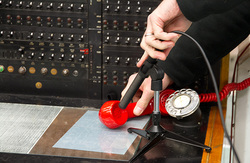

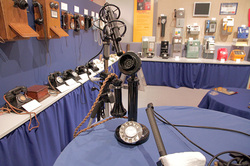
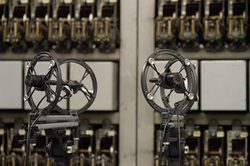

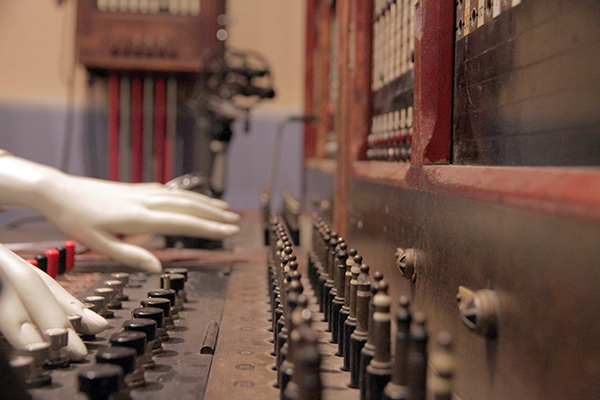



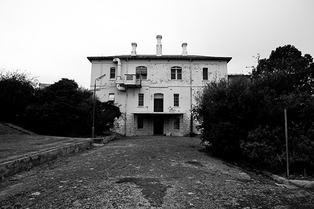
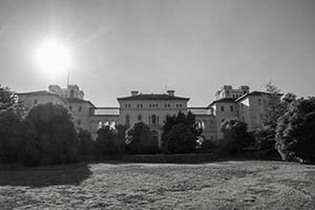

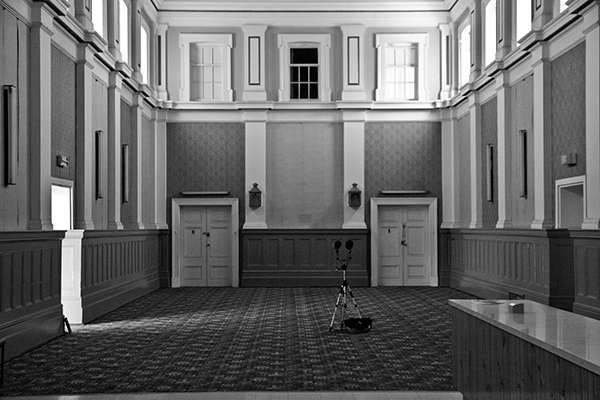



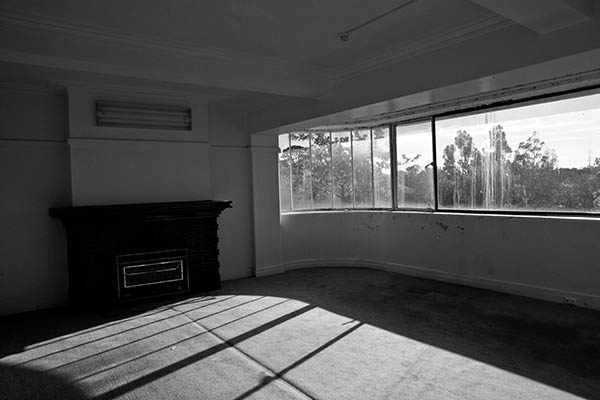
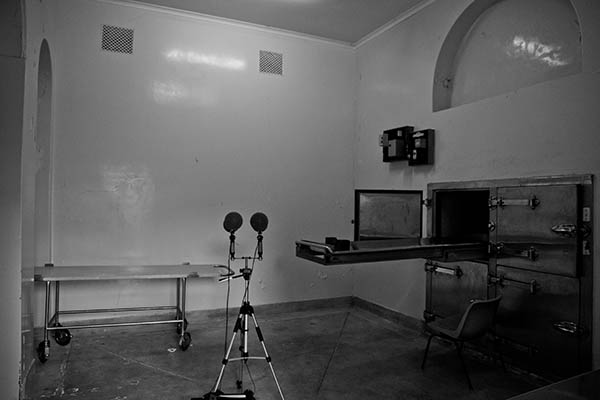
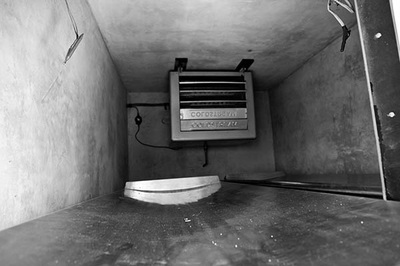
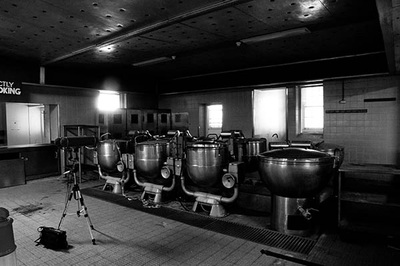

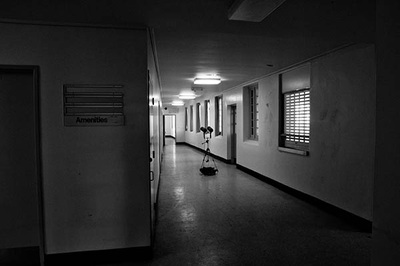
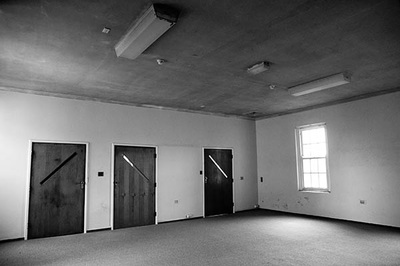
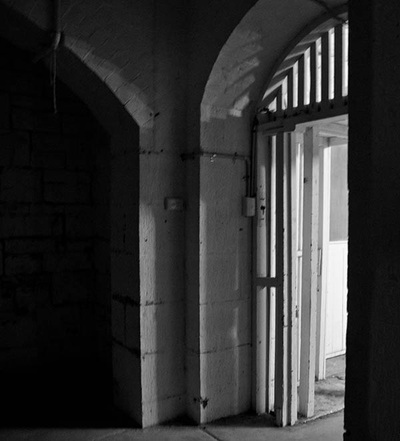


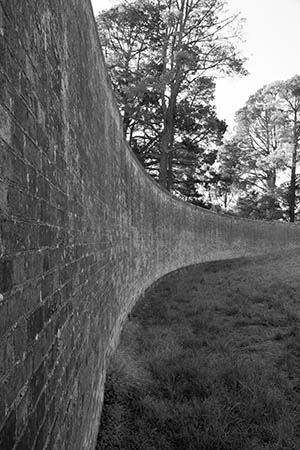
 RSS Feed
RSS Feed